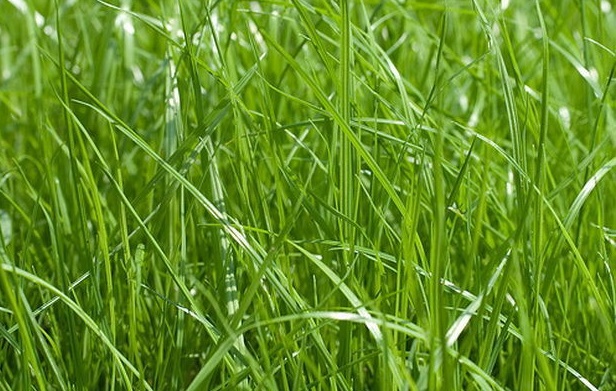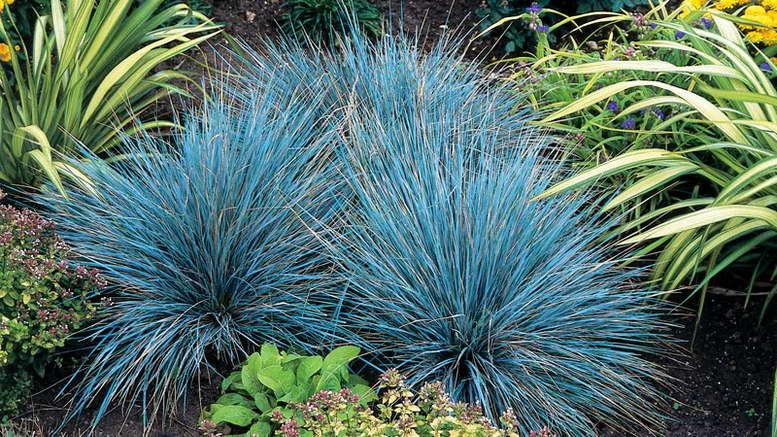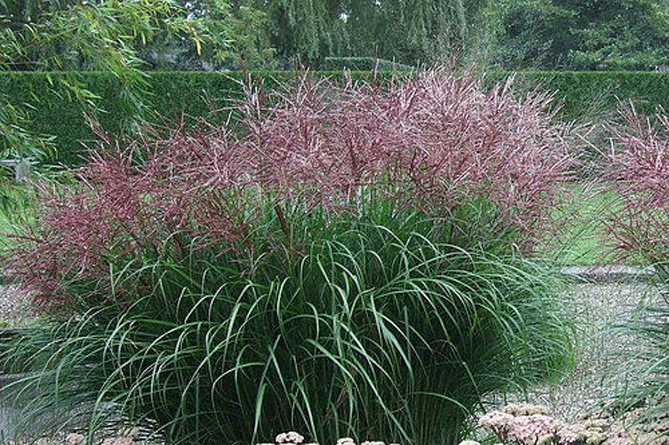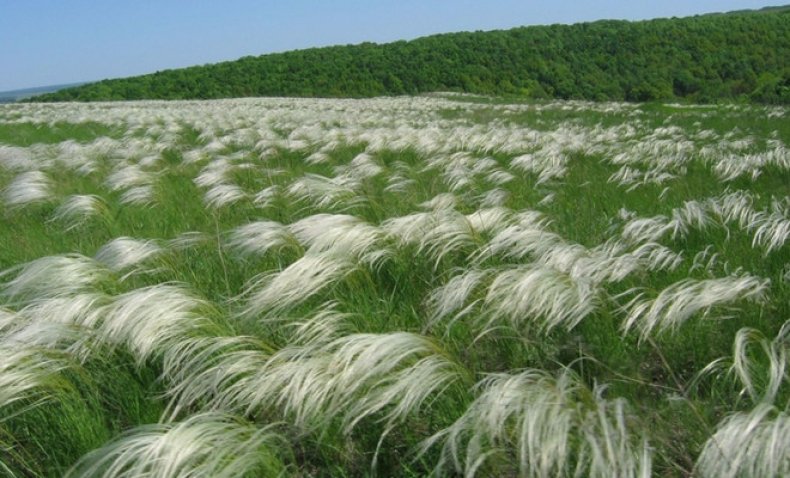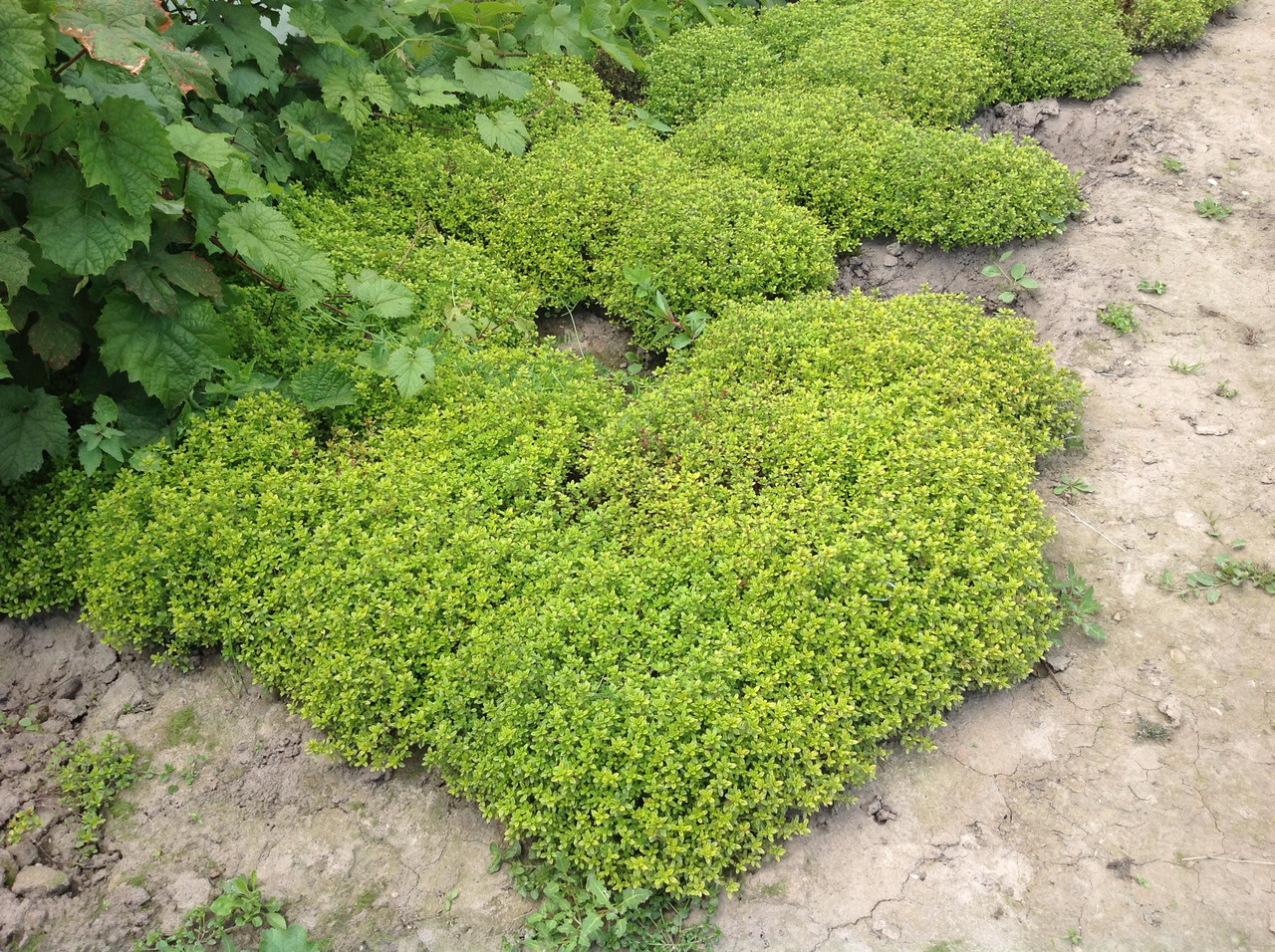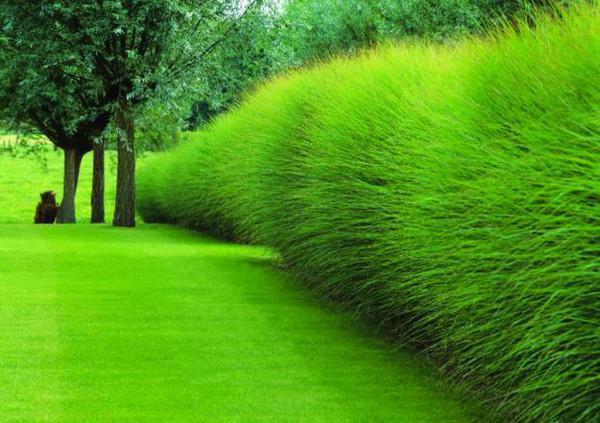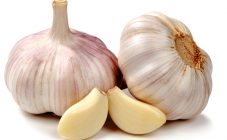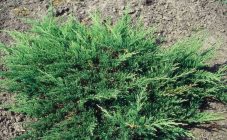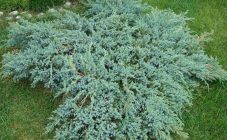Content:
In landscaping personal plots and gardens, options are increasingly used not only for ordinary lawn grass, but also for ornamental grasses and cereals. They are a decoration of the local area, garden, flower beds and lawns. Grasses and herbs that existed in natural conditions have attracted the attention of summer residents quite recently. But, if we turn to history, already in 1930 of the last century, the breeder and designer of his garden, Karl Forster, proposed the idea of creating artistic compositions from cereals, and in 1957 his book "Introduction to the garden of cereals and ferns" was published, which is still relevant today. time. In the 70s in Europe, beautiful grass of natural flora was first included in the design of urban compositions of park zones and squares by landscape designers.
About ornamental plants
Ornamental grasses include the Zlakov, Osokov, Rogozov and Sitnikov families. The large group of different species of these plants consists of more than 10 thousand varieties, including: millet, bamboo, wheat and a large list of perennial grasses. The decorativeness of these herbaceous plants lies in the elegance and airiness of the inflorescences-brooms, the shape and harmony of the shoots, as well as the subtle "sound" when the wind blows.
Annual and perennial cereals occupy a worthy place in flower beds in summer cottages and gardens. The variety of types, colors, sizes and shapes allows you to decorate the site so that it will look attractive at any time of the year. Sometimes they replace even flowering plants, having not only beautiful foliage, but also colored panicles of inflorescences, they coexist well with medicinal herbs, like a spring primrose.
In the spring, any of the ornamental crops will decorate the areas allotted for it with a green carpet, in the summer it will be nailed with multi-colored panicles of inflorescences, in the fall it will delight the eye with bright colors of the leaves. Some cereals powdered with snow retain their decorative appearance even in winter.
Varieties and characteristics of plants
Among the ornamental greenery for the garden, there are both annuals and perennials. In addition, the species diversity of ornamental grasses lies in their height. There is a conditional division into undersized (30-50 cm), medium (50-100 cm) and tall specimens (above 2 m).
Ornamental grasses and grasses most commonly found in gardens and backyards are:
- Kaleria gray - loves sandy soils and dry places, does not like the proximity of groundwater, therefore, drainage is needed when planting. It is a representative of perennial cereals. Kaleria reproduces by seeds and dividing the bush. The plant is winter hardy. Straight leaves are up to 15 cm long. Spikelets in panicles are 4-5 cm. It is mainly used in the creation of alpine slides, but it looks beautiful in single plantings.
- Alpine foxtail has narrow leaves of golden brown color, spikelets are low - up to 30 cm, inflorescences are short - 2 cm in length. In spring it rises before everyone else. It begins to bloom from the middle of summer. The inflorescences look like silky spikelets. The bush is compact, does not spread and does not suppress nearby planted crops. Winter hardy plant.
- Barrel ciliate - the leaves are narrow, light green.The flower stems appear in June and are composed of creamy white spikelets. Bloom within a month. Propagated by seeds.
- Gray fescue is the best of low-growing herbs with beautiful blue-green leaves, it is a hemispherical hummock, up to 20 cm high. In the center, small flowers are collected in spikelets, and those in drooping panicles, the length of which is up to 10 cm. Looks original on stones. Fescue is resistant to rain and frost. Looks beautiful in winter on the stones, powdered with snow.
- Field fescue is an unpretentious and drought-resistant cereal. The decorativeness of a growing low bush lasts 3-4 years, then the planting needs to be updated. To do this, you can cut off the spikelets and throw them next to the bush. The next year, strings of new plants appear. In the fall, you can transplant young bushes to the necessary places. Old bushes are dug up and thrown away.
- Imperata cylindrical - has beautiful light green leaves with red tips, like tongues of fire. The decorative cereal reaches half a meter in height. This thermophilic plant loves sunlight. Looks beautiful both near a reservoir and on a rocky flower bed. Looks great in a mixborder with silvery-green Chinese miscanthus.
- Miscanthus Chinese - belongs to the best garden perennial varieties of ornamental cereals. It reaches a height of 1.5 meters. The type of leaf is narrow with thin stripes of white along the edge. It looks like a fountain created by falling leaves. At the end of summer, the grass begins to bloom with red panicles, as they mature, they acquire a soft brown color. Miscaus is not picky about soil. Protect from freezing before winter if planted in autumn.
- Spikelet is a cereal plant perfect for single planting on a lawn of grass. But it can also be planted on rocky hills or made a curb out of it. Lovely neighbor in flower beds with lilies. The spikelet is gray in color, keeps its shape well, blooms, but grows quickly. Its space should be limited by slate or planted in containers without a bottom. This is an inhabitant of the steppe, he does not like damp, wetlands, as well as nearby groundwater.
- Ornamental millet is an annual plant of amazing beauty with unusual purple-brown wide leaves. At a young age, millet has green leaves with a purple border that gradually stains the entire leaf. The adult plant resembles a reed bush with a brown inflorescence candle. These flowers appear in early July, already in August they are covered with white dust particles, the inflorescence looks very unusual. The decorativeness of millet is preserved until frost, decorating the country interior.
- Feather grass appears in all its beauty as a disheveled silk mane. The plant is unpretentious. Inflorescences are small and dense, in the form of panicles. Feather grass has no creeping roots, forms dense sod, self-seeding, which absolutely does not clog the site. The blades of grass that appear are easily weeded by hands. The feather grass is decorative for 2-3 years. In the future, you need to do a new seeding.
Agrotechnics
Many ornamental grasses and grasses have their roots in warm countries and grow in tropical and subtropical conditions. In the regions of central Russia and the North, special care and shelter are needed in the winter.
To give the site beauty, you need to correctly use specific types of grasses and cereals, know how to grow them, and what kind of care they should be, for all their simplicity.
Even unpretentious cereals have their own characteristics. Some of them are not recommended to be immediately planted in a permanent place. Seedlings are grown only through seedlings.First, they must grow stronger in a small separate bed or in a pot, then be planted in their permanent habitat. If they are planted with other plants at once, they will be oppressed by adult plants. There are more unpretentious plants that can be immediately sown with seeds in the ground, this is also indicated on the package with seeds.
Herbs reproduce in two ways: by dividing the bush and by seeds.
The climate and soil are also not fundamental in the life of ornamental grasses and cereals, loosening of the soil and weeding should be carried out regularly, as they prevent the soil from drying out and activate the growth of the root system. Autumn time is favorable for planting seeds and dividing bushes. Ornamental grasses take root remarkably at this time. Grasses do not need feeding. Overfeeding plants with nutrients can lead to rapid growth of bushes and their loss of shape. Usually in summer cottages and in gardens, the soil is not scarce.
Forming flower beds, decorating alpine slides or rockeries in the country, designers recommend determining which varieties of herbs and cereals need to be purchased in a flower shop. If these are thermophilic species of cereals, they need to be transplanted and propagated in spring or summer, during their active growth, but before flowering begins. The thermophilic cereals include miscanthus, rod-shaped millet, blue moth, impera. For the most part, these are annual plants, but in the southern regions they do not freeze out, retaining their specific properties.
Already after the snow melts, one can observe an active growth of cold-resistant varieties of perennial ornamental grasses: striped reed canary, reed grass, sod meadow, mannik. These herbs bloom in early spring, retaining their color throughout the summer. Transplanting or dividing the bushes can be done in early spring or autumn, when the weather is cool and the air temperature is below 20 ° C. The summer period for them is a period of rest.
Use in landscape design
Depending on where this or that ornamental grass will be used, its grade is selected. For example, for a rock garden, sun-loving grass varieties that do not suffer from drought are best suited. These include: gray kaleria, alpine foxtail, ciliated pearl-tree.
For rockeries, herbs are suitable that complement, but do not hide stones. Gardeners can create the visible height of a rocky flower bed using the following decorative grasses in landscape design: gray fescue, impera cylindrical, spikelet. Such a herb as "Herringbone" looks great on stones, its name fully corresponds to the pointed leaves.
Landscapers use low specimens in decorating flower beds, planting fluffy grass, the name of which is gray fescue, meandering meadow and gray-legged thin-legged (gray gray). Ornamental crops of medium heights are suitable for multi-tiered flower beds and mixborders. The main representatives of medium-sized varieties include such fluffy grass as feather grass, oats, falyaris canary, pinnacle. Next to them, field poppies, cornflowers and common poppies perfectly coexist.
Advantages and disadvantages
In the wild, grasses prevent meadows from erosion; in gardens and backyards, they participate in plant composition. The advantages of ornamental grasses and grasses include their genetic ability to survive in adverse conditions. Also, gardeners consider an advantage to be able to choose the type of cereals according to their height. This is important when decorating flower beds and lawns. They do not attract insects as they have a rigid stem. If pests (mites and aphids) appear, they can be dealt with with a soapy solution.
If we talk about the shortcomings, they are considered as aggressive and overgrown. But these disadvantages can be eliminated by limiting the area of growth of ornamental grass. Such cereals should be planted in plastic or metal containers without a bottom.
If we consider ornamental grasses and cereals, in comparison with other ornamental crops, they are the most unpretentious, creating beauty and trouble-free enjoyment of the view on personal plots for several years.
